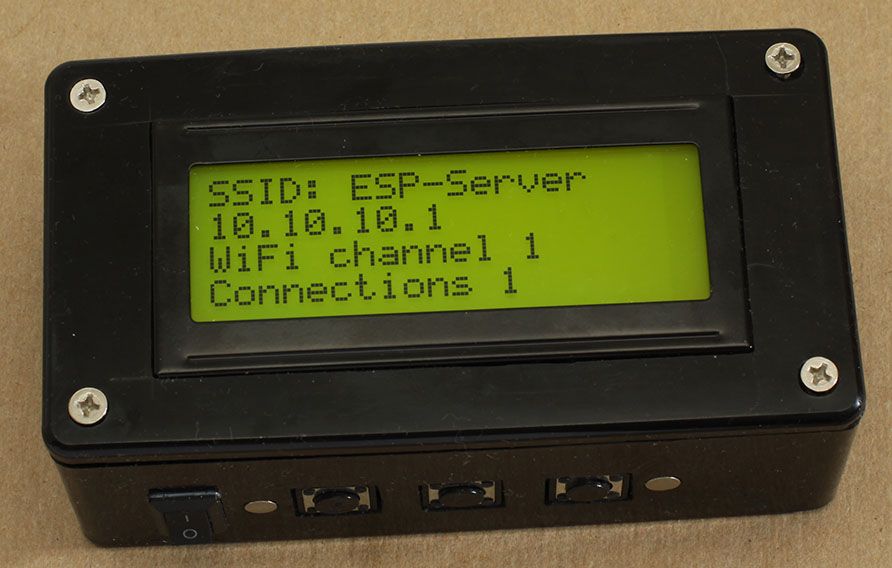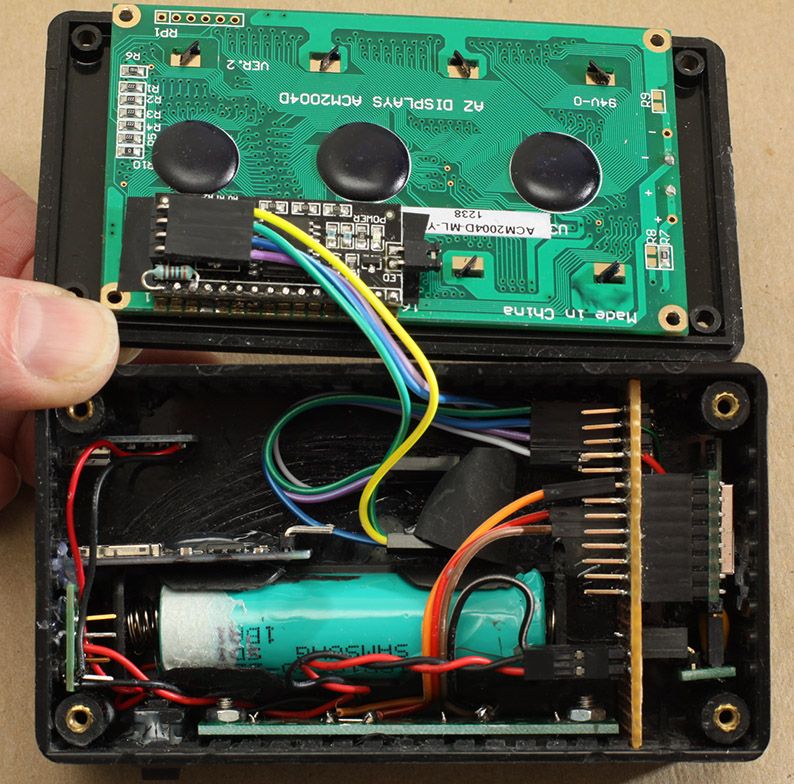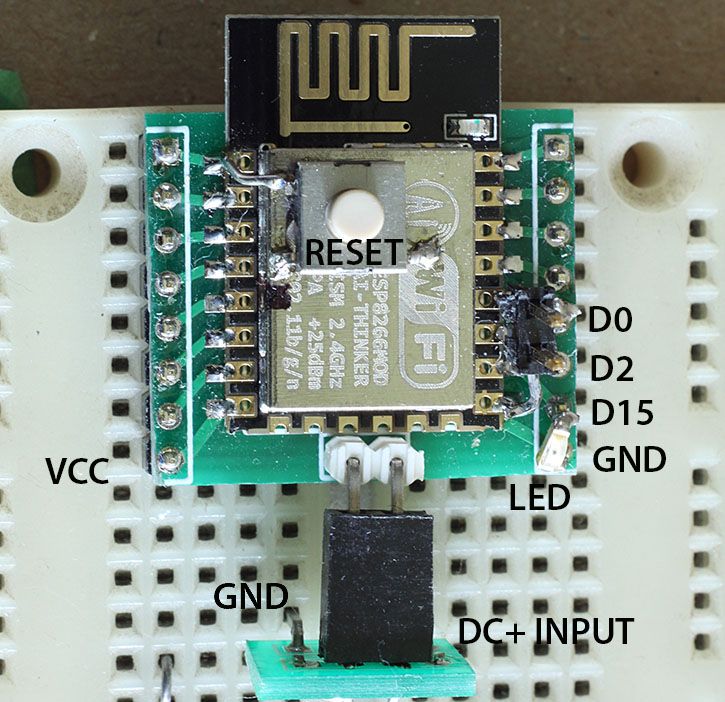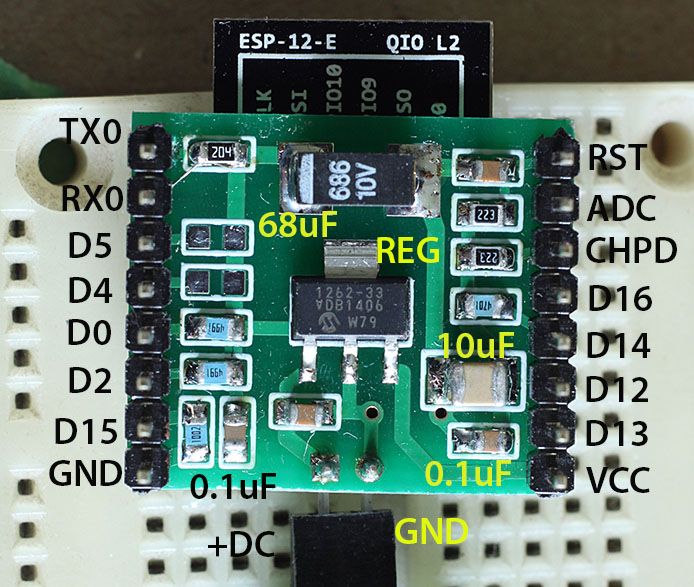- Tue Dec 06, 2016 7:48 pm
#59197
I have a test web server running with the current 2.3.0 version but with a modification to one buffer (twice as large) that speeds up large transfers by about ten times. I am running the ESP8266 at 160Mhz. I have a super simple web page that loads one image and a couple of buttons. I am not yet using a SD card, this is out of the flash file system. I will try to add the SD code so that I can have higher capacity.
The page with a 400K image file takes 2.66 seconds to load on my PC a couple of feet away. (strong signal) Of that the image is taking 1.53 seconds to transfer. This is using Chrome on a PC with the cache disabled.
Doing the same on a tablet running Windows 10 takes 3.61 seconds to load the page and 3.21 seconds to transfer the same image. The tablet is a Bestbuy 8", last year's model
https://www.amazon.com/Insignia-Wifi-Wi ... B00S3Y12PCI have not tried significantly larger files. I would think that it scales fairly linearly but I don't know that as a fact.
EDIT:
So I decided to post a couple of pictures of the killer ESP server.

This was not meant to be pretty. I used a previously used box, filled some of the holes, and hacked in what I needed. I used this box as a 20x4 character LCD just fits. So it has a display. Three button switches. A 18650 battery. That goes into a power switch and then into a 600mA up converter that generates 5 volts for the LCD and the input to the ESP board which has a linear regulator for 3.3v. I was not concerned with maximum battery life. The LCD is 5 volts and needs a level convertor for the I2C lines. The LCD has a I2C interface.
A usb Lithium charger board (top left) charges the battery. I have a SD card adapter glued to the left of the box and just above the battery holder. There is a slot milled into the box for the sd card. I don't have the wires in place for it yet, I just cut down a cable set and crimped new connectors this afternoon.
The ESP-12 board is one that I posted here before. I have it plugged into a perf board with pins added so I can plug onto. All the connections are plugs so that I can easily adapt to whatever I need.
This was designed to be convenient and maximum wifi performance was not a consideration. It is a quick and dirty implementation. (although it has taken a few hours to construct) I still will add another connector to the outside world. So that I can connect serial lines or whatever pins I want to go to the outside. These will also be the same plugs as I have used so far. While this will be able to be serve pages I want it to be a data logger.


A board like the following is plugged into the above. Excluding the reset switch and the led on D15.





